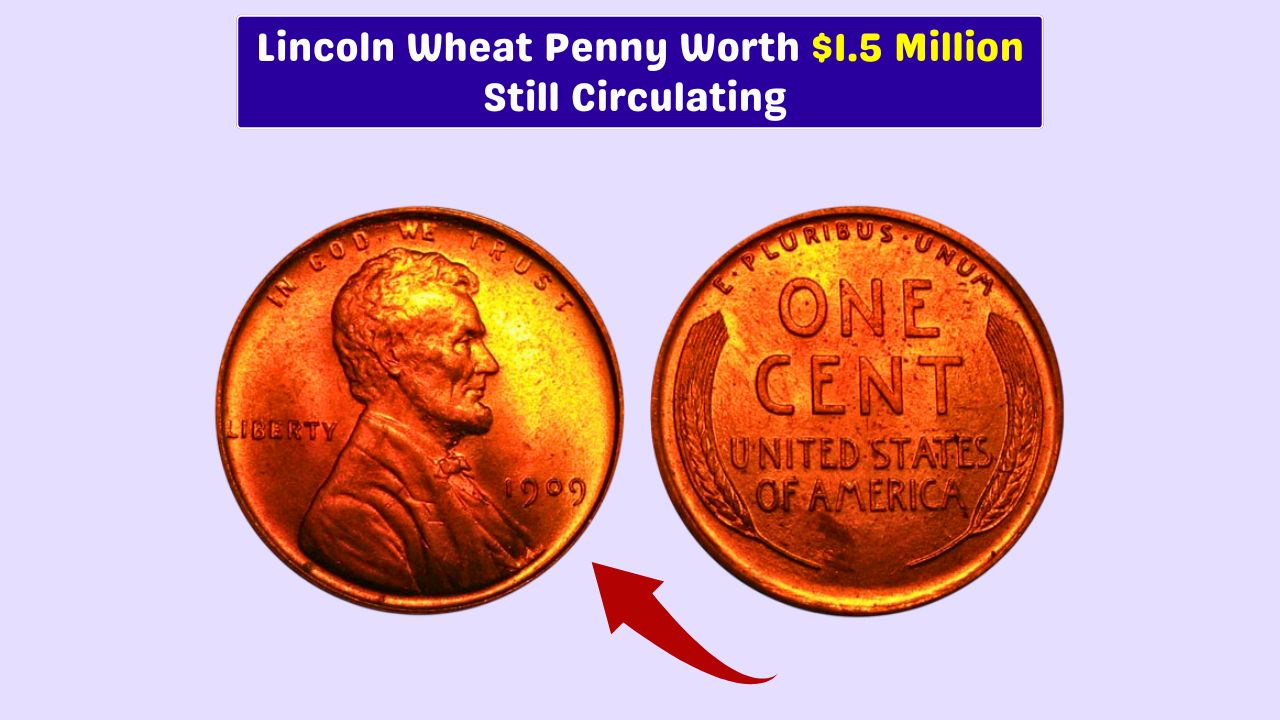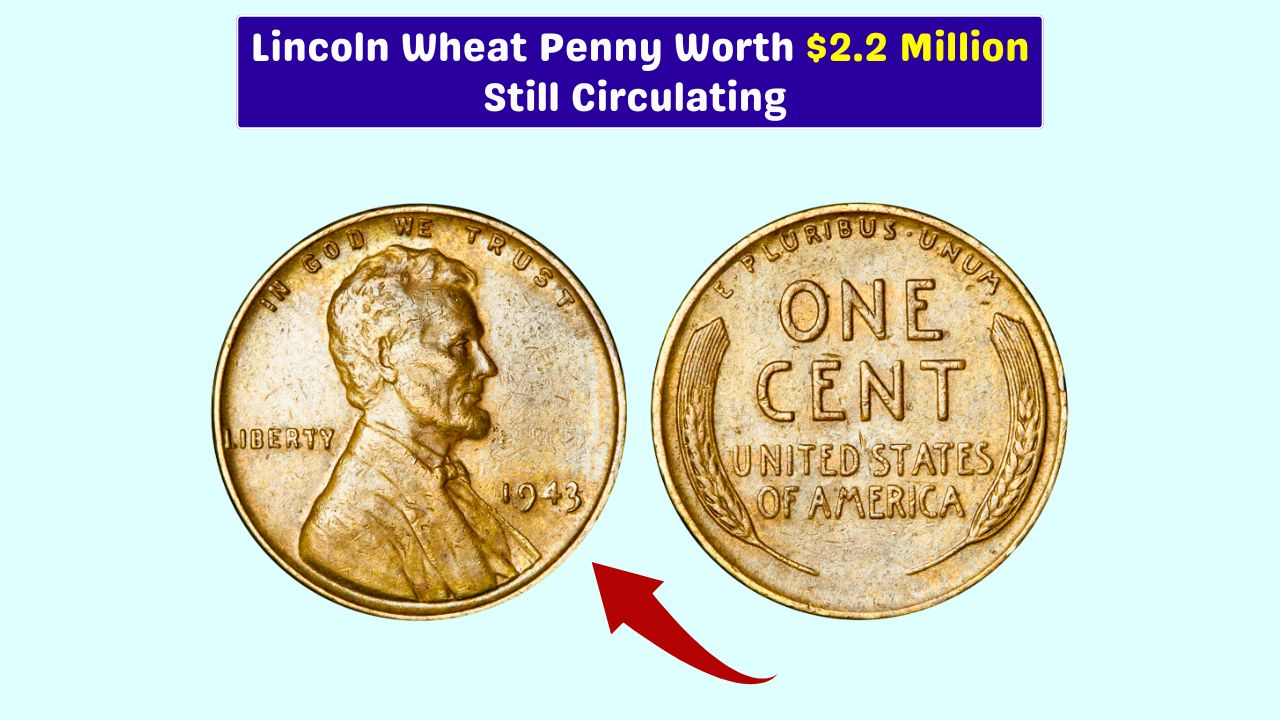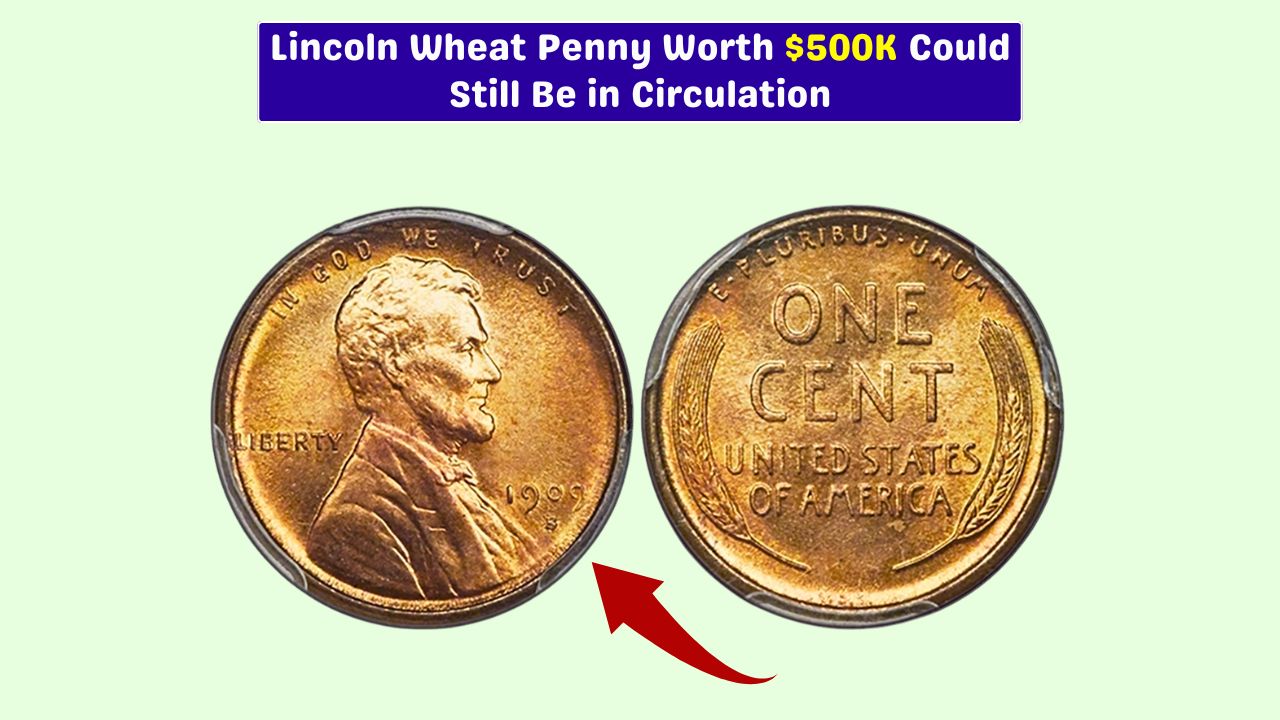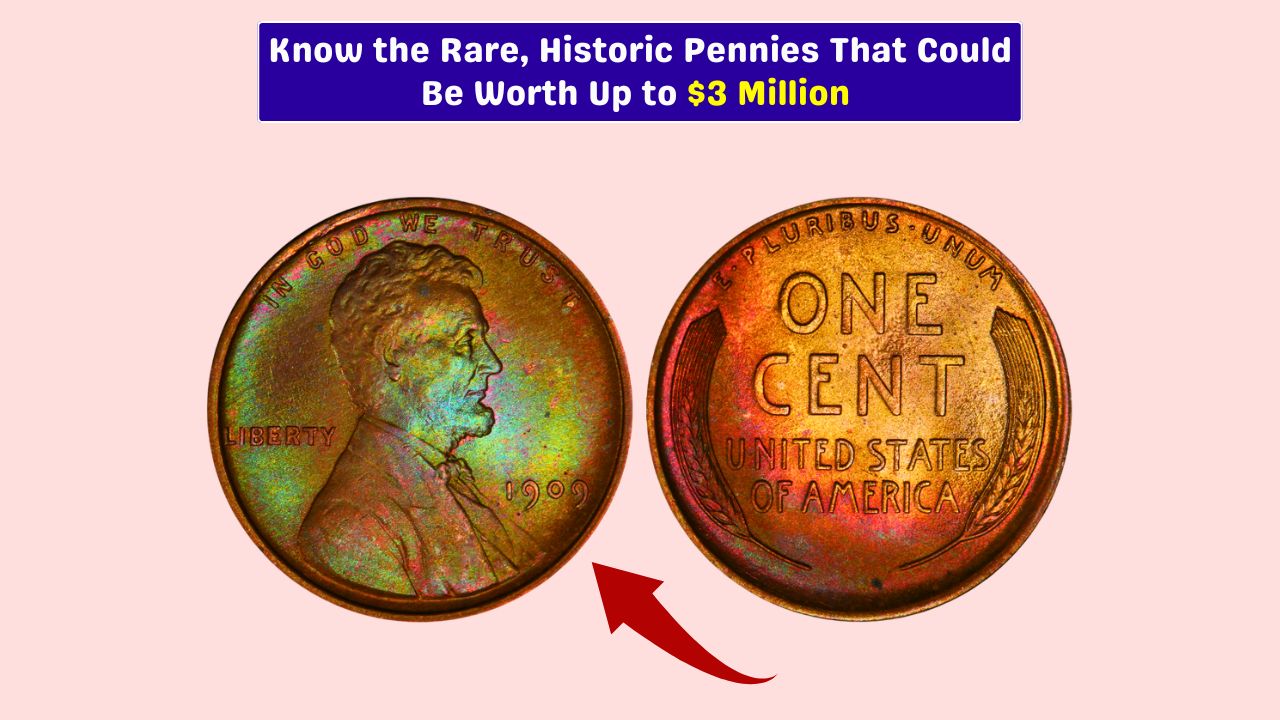Imagine pulling a penny from your wallet and realizing it’s worth ₹73 crore — that’s about $8.88 million. Sounds like a scene from a heist film or an urban legend, right? But it’s not fiction. It’s the true story behind one of the rarest coins ever minted in the United States: the 1943 bronze Lincoln Wheat Penny.
And here’s the wild part — experts believe this coin could still be out there, quietly hiding in someone’s loose change.
Let’s break down why this little coin is so legendary, how to recognize one, and why it might just be closer than you think.
History
The Lincoln Wheat Penny holds a special place in American coin lore. It was first minted in 1909 and remained in circulation through 1958. Featuring Abraham Lincoln’s profile on the front and two wheat stalks on the back, it marked a historic change — the first time a real person appeared on a U.S. coin.
While millions of these pennies were churned out over the years, only a few have become worth serious money. And among them, the bronze version from 1943 stands apart — a true one-in-a-million coin.
Error
In 1943, wartime needs forced a big change. Copper was urgently needed for making ammo and other military supplies during World War II, so the U.S. Mint switched to using zinc-coated steel for pennies. These coins had a shiny silver look and were noticeably lighter.
But somehow — maybe due to a slip-up or oversight — a few leftover bronze blanks from 1942 were still sitting in the system and ended up being stamped with the 1943 design. That little mistake turned into one of the rarest minting errors ever made. Only a tiny number are known to exist.
One of them, in near-perfect condition, was recently valued at an eye-popping $8.88 million. That kind of price tag makes it one of the most expensive coins ever documented.
Value
That incredible $8.88 million price? It didn’t come out of nowhere. It’s a perfect storm of rarity, history, collector demand, and pristine preservation. Mint errors always carry some weight, but when they tie into a global event like World War II — and when so few examples exist — the value goes through the roof.
Here’s a snapshot of what drives the price up:
| Feature | Impact on Value |
|---|---|
| 1943 date + bronze | Ultra-rare |
| Copper color | Key to identifying it |
| Excellent condition | Major value booster |
| Verified by graders | Confirms authenticity |
Clues
Thinking about checking your spare change? Start with the basics. Look for the year — it needs to say 1943. That’s the only year these bronze blanks were mistakenly used.
Then, check the color. Most 1943 pennies will be steel — bright and silvery. But if your coin has a brown or copper look, it might be something special.
Next, try the magnet test. Steel sticks, bronze doesn’t. If your penny doesn’t stick, that’s a good sign.
Weighing it is another step. A bronze penny tips the scale at about 3.11 grams. Steel versions weigh less — around 2.7 grams. That difference may seem small, but to a collector, it’s everything.
If your coin checks all the boxes, it’s time to call in the pros. Reach out to coin grading services like PCGS or NGC. Their authentication can be the difference between a cool find and a million-dollar miracle.
Mystery
Here’s the part that keeps collectors up at night: this coin might still be in circulation. Some of these rare 1943 bronze pennies may have been passed down in families, tucked into coin jars, or simply used as regular change. And no one knew what they had.
That’s why the hunt is so addictive. It’s not just about coins — it’s about possibility. The idea that a life-changing treasure could be sitting quietly in your junk drawer? That’s what keeps people searching.
This isn’t just a coin. It’s a wartime anomaly, a happy accident, a hidden gem with a backstory straight out of a history book. Whether you’re a veteran coin collector or just someone cleaning out old drawers, keep your eyes open.
Because the next time you spot a copper-colored 1943 penny, it might be worth a whole lot more than one cent.
FAQs
What year is the rare penny from?
It’s a 1943 Lincoln Wheat Penny made of bronze.
Why is the 1943 penny valuable?
It was mistakenly made from bronze during the steel penny year.
How can I test if my penny is bronze?
Use a magnet — bronze won’t stick, steel will.
What’s the weight of the bronze penny?
Around 3.11 grams compared to 2.7 grams for steel.
Can I still find one in circulation?
Yes, some might still be in jars, wallets, or coin rolls.






